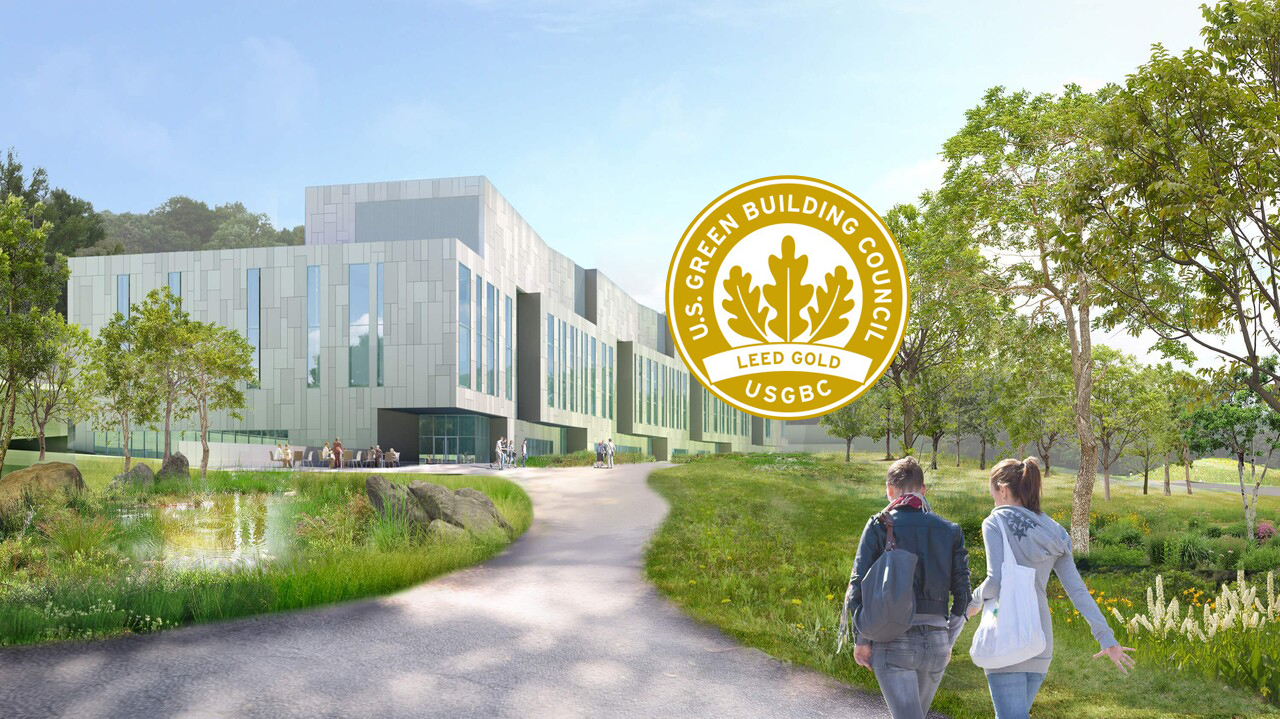Higgins Flooring
Education
Storrs, CT
The Situation
Higgins Flooring faced a very demanding production schedule, while performing the installation during the harsh New England climate in a partially climatized building. The project involved installation of many high-performance floor coverings to meet demands of the active space, requiring the adherence to manufacturers’ ambient conditions specifications during the acclimation period, throughout the entire installation—and then for a two-week period following completion.
Steve Cloud, owner of Higgins Flooring, says the hourly data captured simply was indisputable. “Our general contractor embraced it, made the changes required and helped us all avoid what could have been a seven-figure calamity.”
The Results
The jobsite conditions sensors were used extensively throughout the project, helping the contractor strategically plan and perform work. Sensors typically were installed seven days prior to work beginning, providing visibility regarding whether flooring products should be moved into position and acclimated.
Noteworthy, on numerous occasions Higgins modified its production schedule to avoid sub-optimal conditions that could jeopardize the installation’s outcome. In fact, alert notifications were triggered and resulted in Higgins sharing its detailed historical graphs with the building’s general contractor in an effort to seek assistance in bringing ambient conditions into the product manufacturer’s specification range.
The Benefit
Floorcloud helped ensure the project’s success with an early detection of excessively high humidity in an area that had been scheduled to be installed with self-leveling underlayment within hours. A mobile phone notification detecting a considerable spike in ambient RH% for several hours during the prior evening, was sent to Cloud.
Responding to this the next morning, onsite personnel noticed several exterior doors had been left opened—and it had rained heavily the prior evening. “85 percent ambient relative humidity is simply an unacceptable condition to install, highly engineered, self-leveling underlayment cements,“ Cloud says. “Had we not identified this issue, and captured the data during the middle of the night, we possibly could have been caught in the precarious position of the cement not curing properly, micro-cracking or even worse, debonding from the primer, days or months down the road.”



